#hyperphagia
Text
I'm eating so much and I feel SO bad, like I'm all or nothing, eating nothing or way too much I feel like shit eating so much sugar...but it's so good I missed it so much I can't stop eating it now...
#4nor3xia#@nor3xia#@nor3×14#i want to ⭐ve#⭐ve#⭐️rving#⭐️ve#@tw edd#ed but not ed sheeran#i want to recover#recovery#ana recovery#ed recovery#4n4blr#4n4m1a#4namia#4n4rexia#4n0rexic#4narex1a#4norexla#an4m1a#an4r3xia#an4rexia#an4mia#hyperphagia#overeating#tw ed but not sheeran#tw 3d vent#@na vent#@n@ diary
15 notes
·
View notes
Text
Hei and the food ~ Darker than Black
TW : Bulimia
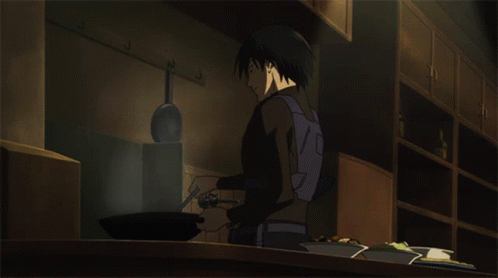





#darker than black#dtb#黒の契約者#hei#黒#li shengshun#anime food#food anime#food gif#gif food#bulimia#boulimie#TCA#tca#hyperphagia#hyperphagie#the black reaper#black reaper#bk 201#bk201
20 notes
·
View notes
Text

Diapolyphagic
It's a psyric identity describing someone who want to acquire polyphagia. It can also be used to describe those who internally feel as if they should acquire polyphagia.
In opposition, a cispolyphagic individual is someone who doesn't want to acquire polyphagia.
#diapolyphagic#psyric#psyricverse#nosorian#diapolyphagia#polyphagia#hyperphagia#ed#eating disorder#eating disorders#agia#obese#fat#fatness#fat girls#fat boys#fat enbies#transabled#trace#neurosian#medpunk#pro medpunk#BIID
30 notes
·
View notes
Text
Critique film TCA: The Whale
Bonjour ! Le festival de Cannes approche, j’ai donc eu envie de parler d’un film, qui a fait beaucoup parler de lui lors du festival de l’année dernière, et lors de la dernière cérémonie des Oscars: The whale, de Darren Aronofsky. Je ne suis pas critique de cinéma, loin de là, mais puisque ce film a, parmi ses thèmes centraux, un TCA, j’ai voulu donner mon avis dessus. En avant !
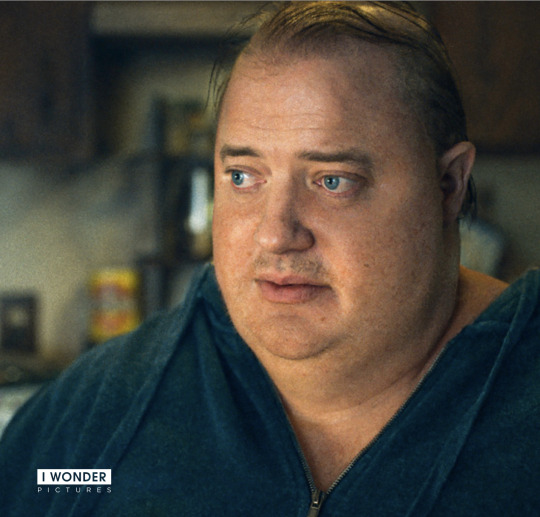
Les bons côtés
Selon moi, le point le plus positif du film est la grande humanité des personnages, dans leurs bons comme leurs mauvais côtés. Je pense en effet que l’humanité n’est pas synonyme de bonté, mais d’une palette émotionnelle complexe, y compris dans ses mécanismes toxiques. Pour vendre le film, j’ai vu que l’affiche avait comme mention, écrit au centre et au sommet « Bouleversant »: je n’ai pas été atteinte à ce point, mais il faut bien l’avouer, chaque acteurice fait que chaque personnage porte une grande richesse émotionnelle, qui, à défaut de nous faire les aimer, nous donne envie d’écouter tout ce qu’iels ont à nous dire.
Cette humanité va de pair avec des confrontations de narratifs intéressantes. Face à un même évènement, chaque personnage avait tendance à s’enfermer dans son narratif des faits, et il était intéressant de les confronter au point de vue des autres. Cela donne à la fois lieu à des discussions riches, et à la reconstitution de souvenirs paçon puzzle, dont tous les personnages ayant pris part au souvenir détiendrait une pièce.
Bien sûr, je conçois que ce genre de film n’intéresse pas tout le monde. Mais étant une grande adepte des séances d’introspection, et aimant étudier les points de vue des autres, j’ai été réceptive.
Concernant le TCA lui-même, il se trouve que le personnage principal, Charlie (interprété par Brendan Fraser), souffre d’hyperphagie. Il a sombré dans ce TCA suite à la mort de son compagnon. Suite à ce deuil, il a perdu tout intérêt pour la vie, et a décidé de se détruire, en se tournant vers la nourriture, qui est à la fois son refuge et sa prison. L’hyperphagie l’a rendu obèse, de façon morbide, à tel point que le film s’ouvre sur le fait que Charlie est sur le point de mourir, s’il ne se rend pas en urgence à l’hôpital, ce qu’il refuse catégoriquement. Je trouve qu’il est important de montrer que le TCA n’est pas une sorte de déviance chevillée au corps, qu’il s’agit souvent d’un trouble qui s’infiltre dans nos failles psychologiques, émotionnelles.
De même, je pense qu’il est important d’avoir conscience de toutes les conséquences sur la santé que l’obésité peut avoir. Dans le film, Charlie ne peut plus se déplacer sans déambulateur, et finit même par avoir un fauteuil roulant. Il est également contraint d’utiliser un respirateur, car il n’est plus capable de se pencher, de rire, de prendre du plaisir, sans commencer à suffoquer. Il explique également que certaines zones de sa peau ont moisi. Il a de terribles douleurs dès qu’il fait le moindre geste. Son cœur n’arrive plus à tenir la cadence. S’il ne faut pas en déduire que ce sont des raisons pour rabaisser, humilier les personnes en surpoids (je développerai plus loin), il est important de ne pas se voiler la face sur la gravité de l’obésité morbide, qui, selon l’organsation mondiale de la santé, fait partie des 3 causes principales de décès dans le monde.
En résumé, je pense que ce film a bénéficié d’une écriture comme d’une interprétation riche en émotions. L’hyperphagie a bénéficié d’une écriture correcte, elle est présentée comme l’échappatoire ultime pour Charlie, à la fois refuge réconfortant et arme d’auto-destruction hors de contrôle: la scène de l’épisode d’hyperphagie majeur du film est si démesuré qu’il se rend malade.
Pour autant, est-ce un bon film sur les TCA ? Il faut nuancer ce tableau jusqu’ici positif…
Les points mitigés, négatifs
Ce film est loin d’être dénué de défauts. Pour commencer, ce n’est qu’un avis personnel, mais je trouve qu’il y avait parfois quelques longueurs, en terme de rythme. Le film n’est certes pas la montagne de l’action, et n’a pas la prétention de l’être… mais parfois, certaines scènes s’éternisaient un peu trop à mon goût. Ce n’est qu’une question de perception personnelle, ceci dit.
Le film a choisi de se concentrer sur certains aspects, quitte à en délaisser d’autres, ce qui est à mon sens regrettable. Ainsi, il est question d’alcoolisme, d’anorexie, mais de façon totalement périphérique, alors que le contexte (que je ne vais pas dévoiler ici, au cas où vous voudriez voir le film) aurait mérité que ces questions soient davantage développées.
Un autre défaut du film est, à mon sens, l’émotion dominante du film. Je sais, j’ai dit du bien de l’aspect émotionnel du film précédemment; et je le redis, la plupart des émotions exprimées dans le film sont d’une grande justesse, et donnent une grande humanité. L’émotion que je reproche ici n’est pas celle d’un personnage, mais plutôt celle que le réalisateur cherche à susciter: la pitié.
Le personnage de Charlie est pathétique. En théorie, cela devrait susciter la compassion. Dans la pratique, cela suscite la pitié. La nuance peut paraître mince mais, à mes yeux, elle fait toute la différence. Je m’explique: la compassion nous pousse à partager la souffrance d’autrui. La pitié, elle, nous pousse à la regarder de haut, avec dédain. Peut-être que l’étymologie ne le cherchait pas, mais aujourd’hui, la pitié porte ce relent de l’expression péjorative « tu fais pitié ». Elle nous amène à faire preuve de condescendance, un peu à la manière du public des expositions universelles du début du 20ème siècle, qui venait observer des personnes africaines pour se conforter dans son sentiment de supériorité culturelle et morale de personne blanche.
D’où vient cet aspect de supériorité morale dans le film ? Maintenant que j’ai évoqué les défauts du film, il est temps d’aborder LE défaut du film: le regard sur l’obésité du film. Avant de commencer, ce n’est qu’une perception personnelle, là encore, mais quand un film parlant d’obésité fait, dans les 5 premières minutes, une analyse d’un extrait de Moby Dick, le surnom numéro 1 des personnes obèses (en particulier dans les pays anglo-saxons, où ce roman est un grand classique), c’est un drapeau rouge, le signe numéro 1 qu’un amalgame qu’entre personne obèse et baleine sera fait, mais ce n’est qu’un détail purement subjectif.
Tout le film est une métaphore filée de naufrage d’une baleine, qui s’échoue, à travers la vie qui part à la dérive de Charlie. Le parallèle avec Moby Dick est constant dans le film, Charlie étant professeur de littérature et citant souvent une rédaction qu’il a lue au cours de l’histoire. En théorie, la métaphore filée est un procédé de style très intéressant; dans le cas présent, le parallèle est surtout fait avec un monstre marin, aussi gigantesque que flasque. La façon de filmer le personnage, quand il dévore la nourriture, quand il marche, tente (et échoue souvent) d’attraper un objet, souligne à quel point il est gros, colossal, monstrueux. Le son, la musique, créent également cet effet. Mais à trop pousser la métaphore avec une créature marine, le réalisateur ne fait-il pas le choix de délaisser l’humanité de son personnage principal ? Ne s’est-il pas perdu dans sa propre imagerie ? Ou, au contraire, a-t-il fait consciemment ce choix, car il perçoit l’obésité comme une monstruosité ?
Une scène en particulier m’a frappée: un personnage demande à Charlie de se lever, et de faire quelques pas. Quand il tente de s’exécuter, il s’écroule sous son propre poids, s’écrasant sur une table basse, cassant une lampe dans sa chute. Cette scène est accompagnée d’une musique puissante, ainsi que d’un effet sonore fracassant: j’y ai vu la version «film de cinéma» d’un meme que j’ai souvent vu sur internet, où une personne obèse pose un pied au sol, ce qui déclenche, par la magie du montage vidéo de mauvais goût, une explosion nucléaire et/ou l’écroulement d’un immeuble. Si, dans le film, l’effet recherché n’est pas comique, contrairement à ce meme, le regard porté est, en fin de compte, le même…
Alors, The whale, bon ou mauvais film ?
À l’issue de cette analyse, il est temps pour moi de conclure: selon moi, The whale porte certains messages importants. Le principal est que malgré toute la volonté du monde, on ne peut pas sauver une personne qui ne désire pas l’être, et qu’il n’y a pas à s’en vouloir. Il rappelle également que l’obésité est loin d’être quelque chose de rigolo, d’anecdotique, mais bien une question majeure de santé, physique comme mentale, qui peut se finir de façon tragique. L’hyperphagie est une question traitée avec une certaine justesse.
Pour autant, je ne suis pas sûre qu’il s’agisse d’un bon film. Le regard porté sur l’obésité est dérangeant. Je vois ce que le réalisateur a cherché à faire, via sa métaphore filée, mais je ne parviens pas à savoir si les problèmes grossophobes du film sont dus à de la maladresse ou à un choix conscient de la réalisation (mais j’ai bien mon idée sur la question).
Néanmoins, je me dois d’être honnête: en allant voir ce film, je m’attendais à bien pire. Je pensais que les épisodes d’hyperphagie auraient quelque chose de bien plus bestial, inhumain. Que tout le rapport à la nourriture du personnage serait centré sur une pulsion monstrueuse de tout engloutir, tout le temps. En ce sens, c’est une bonne surprise pour moi.
En conclusion, je ne sais pas si je recommande ce film, mais je pense qu’il vaut la peine d’être vu pour se faire son propre avis. Il comporte de bonnes idées, mais il faut garder du recul: qu’ils soient volontaires ou non, des biais grossophobes servent de fondations au film. Et le regard censé être compatissant sur le personnage principal a quelque chose de dérangeant, relevant de la pitié. Je ne veux pas accuser l’équipe du film de l’avoir fait exprès, car je n’en sais rien, mais c’est le genre de choses dont il est important d’avoir conscience au moment de regarder un film, celui-ci ou un autre: nous avons tous et toutes nos biais, surtout quand nous parlons d’un sujet qui traite d’un groupe discriminé dont nous ne faisons pas partie.
Merci de m’avoir lue jusqu’au bout ! Prenez soin de vous et à bientôt !
2 notes
·
View notes
Text
I’m so HUNGRY for love but instead of dating I just eat all the things & will soon be a million pounds because I’m a bottomless pit of self loating who doesn’t think she deserves love so I eat instead isn’t this a neat thing my brain does
#hyperphagia#binge eating#at least the other self destructive behaviors are at bay#for now#struggles are tough rn though :(((
1 note
·
View note
Text
#Adiposity#Bariatrics#Dyslipidemia#Metabolic syndrome#Hyperphagia#Morbid obesity#Abdominal obesity#Obesity hypoventilation syndrome#Visceral fat#Central obesity#Obesity#Weight loss#Diet#Exercise#BMI#Health#Nutrition#Fitness#Fat#Wellness
1 note
·
View note
Text

cozy 🍂
#tmatb#monster#sphinx#digital art#gt#g/t#g/t fluff#sfw g/t#gtober2023#tho I'm a day late with this one ;w;#but that's very on brand for me so whatever#fall is a bittersweet time for them because Ruyak's kind of preoccupied with hyperphagia and wintersleep is looming#he's about to be asleep for 4 months#but they make the most of the time they have#I think they were wrestling in the leaf pile moments before this#then assumed Nap Positions#Ruyak w one eye open like 'no one better interrupt this'#grace makes art
113 notes
·
View notes
Text
Half-jokingly told my coworker to watch out for bears when she went to take the trash out... a few seconds later she comes back and tells me there is a bear in the alley.
4 notes
·
View notes
Text

Colleen Kilbane - Photographer
"Deep in the woods of Northern Minnesota, trees are full of very sleepy bears arranging themselves in the tree limbs so they don't accidentally fall out. Its as though someone has hung out dozens of bear suits to dry.
Hyperphagia:
A period of excessive eating and drinking to fatten for hibernation.
Black bears with unlimited food and water ate 15,000 to 20,000 kcal per day and drank several gallons. Large amounts of water are needed to process the large amounts of food and rid the body of nitrogenous waste.
Daily urine volumes for two bears were 2-4 gallons.
Bears are also extremely sleepy at this stage as they digest and prepare for a long winters nap.
I watched this young black bear for an hour. The only movement was its deep breathing and occasional dream flinches."
48 notes
·
View notes
Note
Do you have any rbf headcanons about the friends being a form of neurodivergent?
Mainly Red , since I think that he has the most human understanding and humanoid brain-work to develop such atypical mannerisms .
For the other characters , there's definitely a few physical disabilities here and there , but I'm not too sure about them being neurotypical . Personally I don't think any of them would be NT/typical-behaving . [ When I say that , I mean if they were like turned into humans and integrated into society , would they fit into the norm or not . ]
Red has autism in my mind . He also has muscle weakness , specifically in his thigh to calf area . [ He has elbow crutches next to his desk , just in case . But he can mostly walk on his own just fine . ]
Orange most likely has hyperphagia and dyslexia . I think he has growing pains and fibromyalgia (?) .
Blue is non-verbal , due to his broken jaw . He is also atypical behaving , having extreme fatigue , excessive stimming and niche interests that may get him a little too excited .
Green has volume control issues and gets angry too easily , very irritable . [ Funny to others but it genuinely upsets him , too bad nobody cares ! ] I would say it's misophonia . He has a bit of sensory issues as well , he hates being wet , strong smells , etc.
Purple I think has NPD . He doesn't really get other people's emotions , and it may just be because he's emotionally detached to himself and others , but he cannot properly comprehend it . No matter how hard you try , there will always be something that doesn't exactly click to him , and that's mainly because they have themselves and others extremely separated . They like approval , but you better not say "I'm proud of you" to their face , or else you're just a people pleasing liar !
Wow , that's a lot of nonsense . That's probably all I'm going to do for now ! Just the main 5 . I may do the others at some point ? I am kind of interested in trying to flesh out their characters more .
#rainbow friends#rainbow friends roblox#rainbow friends roy&charcle#roblox#rainbow friends red#rainbow friends blue#red rainbow friends#blue rainbow friends#orange rainbow friends#rainbow friends orange#green rainbow friends#rainbow friends green#purple rainbow friends#rainbow friends purple
29 notes
·
View notes
Text
Kleine–Levin syndrome (KLS) is a rare neurological disorder characterized by persistent episodic hypersomnia accompanied by cognitive and behavioral changes. These changes may include disinhibition, sometimes manifested through hypersexuality, hyperphagia or emotional lability, and other symptoms, such as derealization. Patients generally experience recurrent episodes of the condition for more than a decade, which may return at a later age. Individual episodes generally last more than a week, sometimes lasting for months. Patients commonly have about 20 episodes over about a decade. Several months may elapse between episodes.
The onset of the condition usually follows a viral infection (72% of patients); several different viruses have been observed to trigger KLS.[2] It is generally only diagnosed after similar conditions have been excluded; MRI, CT scans, lumbar puncture, and toxicology tests are used to rule out other possibilities. The syndrome's mechanism is not known, but the thalamus is thought to possibly play a role. SPECT has shown thalamic hypoperfusion in patients during episodes.
KLS is very rare, occurring at a rate of 1 in 500,000, which limits research into genetic factors.[2] The condition primarily affects teenagers (81% of reported patients), with a bias towards males (68-72% of cases), though females can also be affected, and the age of onset varies.[2] There is no known cure, and there is little evidence supporting drug treatment. Lithium has been reported to have limited effects in case reports, decreasing the length of episodes and duration between them in some patients.[3] Stimulants have been shown to promote wakefulness during episodes, but they do not counteract cognitive symptoms or decrease the duration of episodes.
Patients with Kleine–Levin syndrome (KLS) experience recurring episodes of prolonged sleep (hypersomnia).[5] In most cases, patients sleep 15 to 21 hours a day during episodes.[6] Excessive appetite (hyperphagia) and unusual cravings are present in half to two thirds of cases.[6][7][8] About half of patients, mainly male patients, experience dramatically increased sexual urges (hypersexuality).[9][7] Several other symptoms usually accompany the syndrome, including marked changes in mood and cognitive ability.[5]Derealization and severe apathy are present in at least 80 percent of cases.[10] About one third of patients experience hallucinations or delusions.[7] Depression and anxiety occur less commonly; one study found them in about 25 percent of patients.[10] Individuals usually cannot remember what happened during episodes.[6] Repetitive behaviors and headaches are commonly reported.[7] Some patients act very childlike during episodes,[11] and communication skills and coordination sometimes worsen.[6]
The first time a patient experiences KLS, it usually occurs along with symptoms that are similar to those of the flu or encephalitis. In at least 75 percent of cases, symptoms occur after an airway infection or a fever. Viruses observed before the development of the condition include Epstein–Barr virus, varicella zoster virus, herpes zoster virus, influenza A virus subtypes, and adenovirus. Several days after symptoms first occur, patients become very tired.[9] In cases that occur after an infection, KLS usually starts within three to five days for teenagers and fewer for children.[16] In other cases, alcohol consumption, head injury, or international travel precede symptoms.[9][14] Lifestyle habits, such as stress, alcohol abuse and lack of sleep and stress, have also been proposed as possible triggers.[5] First episodes of KLS are preceded by a clear event in about 90 percent of cases.[8] Recurrences generally do not have clear triggers; only about 15 percent have a precipitating event.[17]
Population-based studies of KLS have not been performed. Its prevalence is about 1 to 2 cases per million people,[8] although recent studies conducted by a French research team point to a higher number of 3 per million people.[25] It occurs most frequently among Jews in the US and Israel. First-degree relatives of people who have the syndrome are much more likely than the general population to have it, although only in about one percent of cases do family members contract it. About 68 to 72 percents of patients are male. Patients with the syndrome are more likely than the general population to have genetic disorders, and about a third of people with the syndrome encountered some form of birth difficulty.[26] In a study of 186 older patients, about ten percent had preexisting psychiatric issues.[6] One study found that about ten percent of patients had a neurological condition before KLS developed.[8] The condition does not appear to occur most frequently in one season.[11]
??? extremely strange disorder.
13 notes
·
View notes
Photo

Neuralgic Hyperphagia Duchess
#illustration#drawing#draw#art#artist#artwork#art by OP#surreal#monster#creature#horror#body horror#codex noirmatic#artists on tumblr
97 notes
·
View notes
Text
recovery is great bla bla sonice but i keep getting so hungry at 10pm and it's making me upset my dietician said it is hyperphagia but it's making me wanna cry i am crying eating a wheat wrap... how did it come to this

9 notes
·
View notes
Text
Hi it's me Heather and I hate my body.
I need to me skinny again.
The 1st one is me right now (233lbs / 106kg) The 3 other one is me at my ultimate goal weight in 2021 (123lbs/56kg)
I'm 5'7 (1m71)
I gained double my weight. I wanna disappear thanks to my hyperphagia.


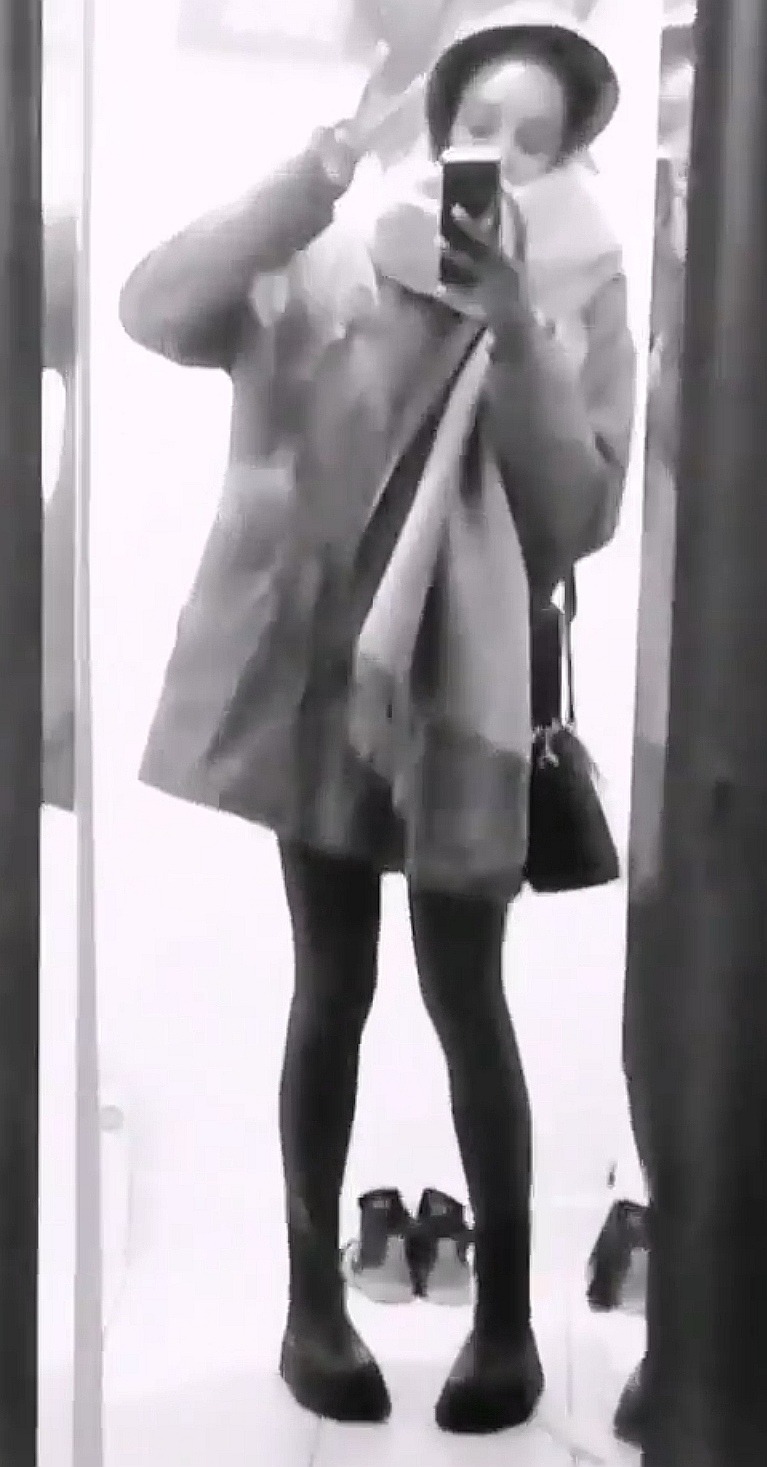
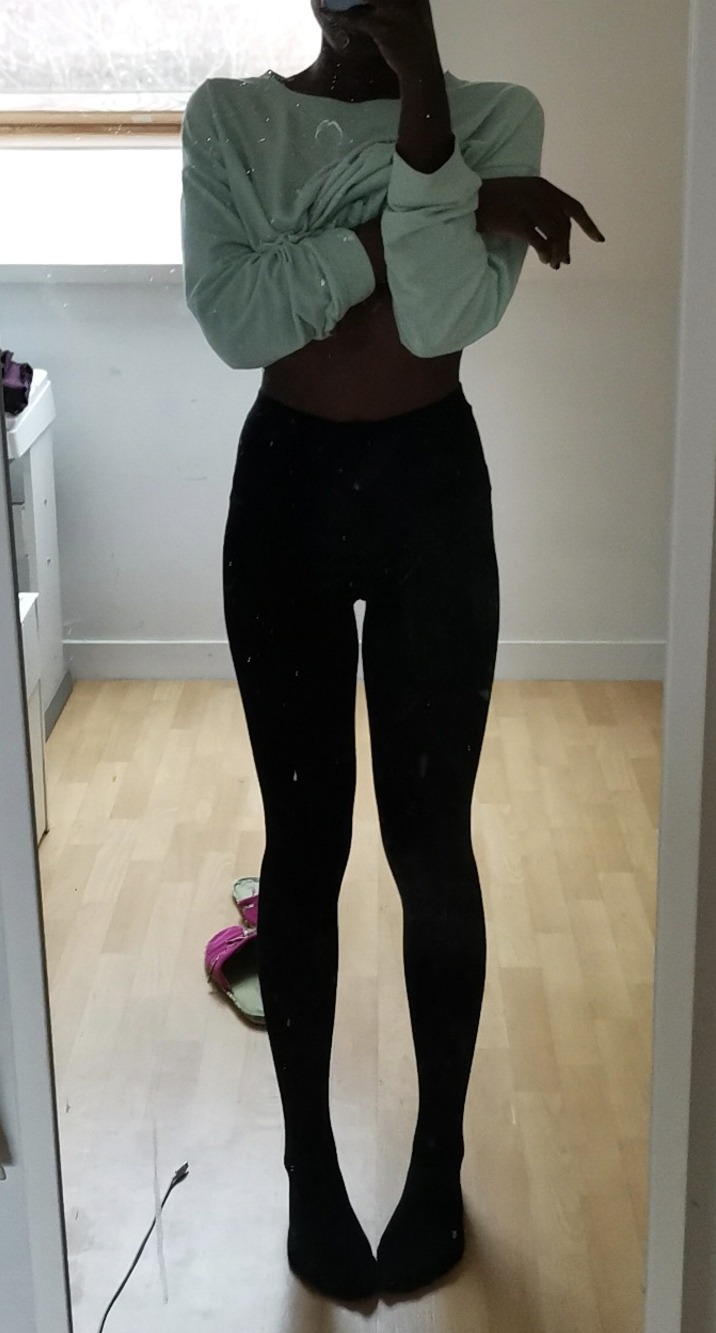
Fun fact : I was so skinny I could faint just my walk out of bed but I liked it.
I prefer to be sad and skinny then sad and obese. I'm so ashamed , when my boyfriend cuddle me I don't want him to touch me anymore.
So, Because of these 2 last carnage years : I have decided to officially return in my Skinny area.
Watch me.
#anamia#tw ed diet#tw disordered eating#tw ana diary#ana bllog#ana trigger#thinspø#thinspo#not pro just using tags#ed thinking#ana#anorexcya#an0rec1a#ed#weight loss#ed tmblr
10 notes
·
View notes
Text
This is the first 50-mile week of this training block (there will be lots more weeks with this many miles or more between now and July) and the high-volume* training hyperphagia has come for me. But it's a beautiful thing because I get so hungry and then I eat so much, and it's like: my body is doing a good job asking for what it needs :) and I am doing a good job giving it what it needs :) we are a good team
*for a recreational runner
#I have been gifted with a hearty appetite/strong food drive/love of food from birth#and besides the pleasure it's brought to my life it has also helped me weather many challenges#including IBS and a world that wants to give me an eating disorder#and running mileage that some people really struggle to fuel adequately#I used to rue my appetite and now I extend it the gratitude it deserves
5 notes
·
View notes
Text
The character of the ogre from the Puss in Boots adaptation of the Faerie Tale Theater (played by Brock Peters) is a fascinating incarnation of the ogre character. I won’t go into a full portrait, but I want to point out some highlights.
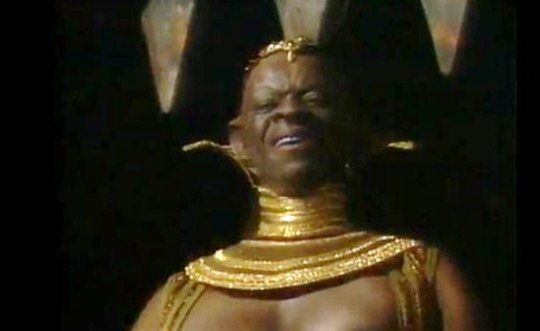
# The apparition of the ogre - with a focus on the black boots he wears, clearly paralleling him to the Puss in Boots himself.
# The way the ogre describes himself to the cat in order to introduce his character:
“I am an ogre! I eat spiders, and dogs, and children, and armies... and cats. Without prejudice! And to wash them down I drink grease and call it nectar, and drink brine and call it ambrosia. I sleep on a bed of serfs, and if one should dare to twitch in the course of my rest, all are torn limb from limb and serve as mincemeat to the farm animals.”
On top of nice little effects (the escalation of the things the ogre eats, or the re-use of the mincemeat threat of the Cat), we have here the perfect illustration of both the ogre’s gluttony (here manifested as an omnivore threat) tied to the tyranny of the cruel lord (a tyranny which was only subtly implied in the original tale, but here fully explored in a dark but extravagant way, with the bed of serfs).
# The inside of the ogre’s castle. It is filled with precious items and artefacts, with coins and jewels. There are riches everywhere, which are the only glow and true light in the darkness of the castle... and yet you notice that they all sit in piles covered by spiderwebs. This shows the ogre’s character as one of a hoarder - like a dragon, that accumulates riches for the sake of it not, even for using them. Even worse, he crushes a gem in front of the Cat just to prove his power - he clearly does not care about his riches at all. We have here a full activation of the underlying theme of excess in all ogres, coupled with a nice parallel between the greedy hoarding of the ogre and his destructive gluttony.

# The “hate” monologue. Oh, the hate monologue! So simple, simple enough to perfectly work in the humoristic tones of the story and the overall “for kids” vibe - and yet! And yet that reveals a form of deeper and more mature poetry. I transcribed it below:
“You begin to anger me cat! But fear not... Everything angers me. It’s a hard life, hating. I hate this castle, I hate my serfs, I hate this chamber... I hate this chair, I hate your chair too, but I hate mine a bit more. Give me your chair or I’ll eat you now! This is a better chair, but a worst view.... I hate the view from this chair. I particularly hate the view of you. Anything I see, I hate, this is why I eat it. In order to get it out of my sight. Anything I lay my eyes on, I eventually eat. Once I made the mistake of looking in the mirror... What I saw was so offensive that I began to eat myself. If I had not tasted so bad, I wouldn’t be here to tell the tale! A life on the edge, you might say...”
Ogres are characters of anger, cruelty and destruction - as I explained before - but here, the writers decide to focus on the idea of hatred, and tie the ogre’s devouring to this very concept, mixing the two in something that is much more than a macabre sweet-tooth. You have here an extreme misanthropy taken to fantastical extremes, which calls to mind the vicious workings of eating disorders like bulimia or hyperphagia - a parallel that becomes even more obvious when the ogre talks of the mirror incident. To add self-loathing and self-hatred into the character of the ogre just makes the metaphor more poignant, and shows how extreme his destructive ways are, even to the point of self-destruction...
On the outside it just looks like an humoristic monologue, and for kids it is just wacky and dark jokes typical of nursery rhymes books - the type of “The ogre hated everything and thus ate everything [note the parallel of the words “hate” and “ate”, “hating” and “eating”] ; and he hated everything he saw, so he ate everything he saw, and one day he saw himself in the mirror and tried to eat himself!”. Seems like those things you’ll read in small children’s books - and yet, when you consider it as an adult, and when you know what the ogre characters were all about in the original text, it takes such a stronger, more mature, more... dare I say powerful meaning? I just love this part.
# And as a final point: the ogre’s reaction to the cat’s behavior. In the original tale, the cat plays on the ogre’s ego, basically daring him into performing things. He is a prideful and arrogant creature that searches to prove to the cat he can do everything he is said to be able to do. In other adaptations the cat rather plays on flattery, and in these versions the ogre’s ego is much more vain and self-centered, as in exchange of praise he does everything the cat suggests.
But here? They did something quite unusual, that I haven’t seen much: they have the ogre be... disappointed. He is disappointed to not have scared the cat, he is sad upon hearing that he is boring, he worries about being too over-dramatic... This is an unusual way to go, but it works very well, by giving more nuances to the ogre, and overall strenghtening the whole acting game of him constantly jumping from brutal, menacing threats to more jovial, cordial, even humoristic sentences.
They truly did a good job with this character.
19 notes
·
View notes